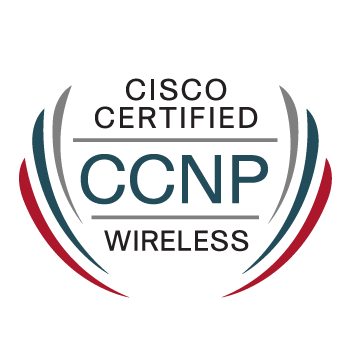- Cisco Community
- Technology and Support
- Security
- Network Security
- Just to add, that with ASA
- Subscribe to RSS Feed
- Mark Topic as New
- Mark Topic as Read
- Float this Topic for Current User
- Bookmark
- Subscribe
- Mute
- Printer Friendly Page
Policy Based Routing in Cisco ASA
- Mark as New
- Bookmark
- Subscribe
- Mute
- Subscribe to RSS Feed
- Permalink
- Report Inappropriate Content
02-15-2015 05:19 AM - edited 03-11-2019 10:30 PM
Dears,
I want to connect three internet connections (connected to three different ISPs) to my Cisco ASA firewall, accordingly I want to configure the ASA to route traffic based on the source subnet.
Let's say that my network is divided into three different VLANs with different subnets addresses as shown below:
- VLAN 10 -> 10.0.10.0/24
- VLAN 20 -> 10.0.20.0/24
- VLAN 30 -> 10.0.30.0/24
Also, the internet connection are connected to below Outside interfaces on the ASA:
- ISP1 -> Outside1
- ISP2 -> Outside2
- ISP3 -> Outside3
My target is to configure the ASA to route Internet traffic based on the source subnet as mentioned below:
- Internet traffic sourced from VLAN10 (10.0.10.0/24) to be routed through ISP1 (Outside1)
- Internet traffic sourced from VLAN20 (10.0.20.0/24) to be routed through ISP2 (Outside2)
- Internet traffic sourced from VLAN30 (10.0.30.0/24) to be routed through ISP3 (Outside3)
Any ideas ??????
Appreciate your feedback.
Best Regards,
Begad Ahmed
- Labels:
-
NGFW Firewalls
- Mark as New
- Bookmark
- Subscribe
- Mute
- Subscribe to RSS Feed
- Permalink
- Report Inappropriate Content
02-15-2015 05:36 AM
The ASA is not capable of policy-based routing. At least not in the actual versions.
- Mark as New
- Bookmark
- Subscribe
- Mute
- Subscribe to RSS Feed
- Permalink
- Report Inappropriate Content
02-15-2015 05:43 AM
Hi Karsten,
Any workaround to deploy this configuration on the ASA ??
What are the versions capable to support this type of configuration ???
Best Regards,
Begad Ahmed
- Mark as New
- Bookmark
- Subscribe
- Mute
- Subscribe to RSS Feed
- Permalink
- Report Inappropriate Content
02-15-2015 10:01 AM
You can possibly accomplish it with multiple contexts or multiple virtual ASAs (ASAv product).
On a single context physical ASA it is not currently possible.
- Mark as New
- Bookmark
- Subscribe
- Mute
- Subscribe to RSS Feed
- Permalink
- Report Inappropriate Content
02-15-2015 10:47 AM
Thanks Marvin !!
Is it possible to provide me with sample configuration for multiple contexts ??
- Mark as New
- Bookmark
- Subscribe
- Mute
- Subscribe to RSS Feed
- Permalink
- Report Inappropriate Content
02-15-2015 10:55 AM
You're welcome.
Cisco has some very nice examples already. See this one for example.
Note that multiple context require separate licensing - they are not automatically included. "show version" will show your current licensing active on the ASA.
- Mark as New
- Bookmark
- Subscribe
- Mute
- Subscribe to RSS Feed
- Permalink
- Report Inappropriate Content
04-01-2015 10:15 PM
Just to add, that with ASA-version 9.4(1), policy-based routing is now supported. This is from the release-notes:
Policy Based Routing (PBR) is a mechanism by which traffic is routed through specific paths with a specified QoS using ACLs. ACLs let traffic be classified based on the content of the packet’s Layer 3 and Layer 4 headers. This solution lets administrators provide QoS to differentiated traffic, distribute interactive and batch traffic among low-bandwidth, low-cost permanent paths and high-bandwidth, high-cost switched paths, and allows Internet service providers and other organizations to route traffic originating from various sets of users through well-defined Internet connections.
We introduced the following commands: set ip next-hop verify-availability, set ip next-hop, set ip next-hop recursive, set interface, set ip default next-hop, set default interface, set ip df, set ip dscp, policy-route route-map, show policy-route, debug policy-route
Discover and save your favorite ideas. Come back to expert answers, step-by-step guides, recent topics, and more.
New here? Get started with these tips. How to use Community New member guide




